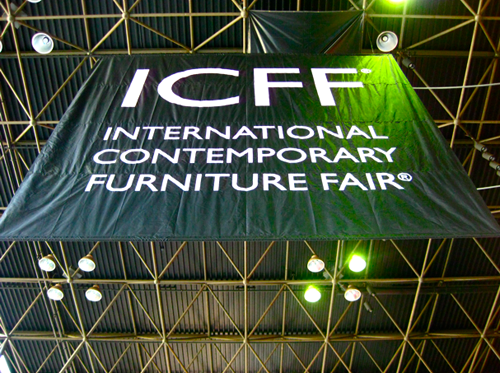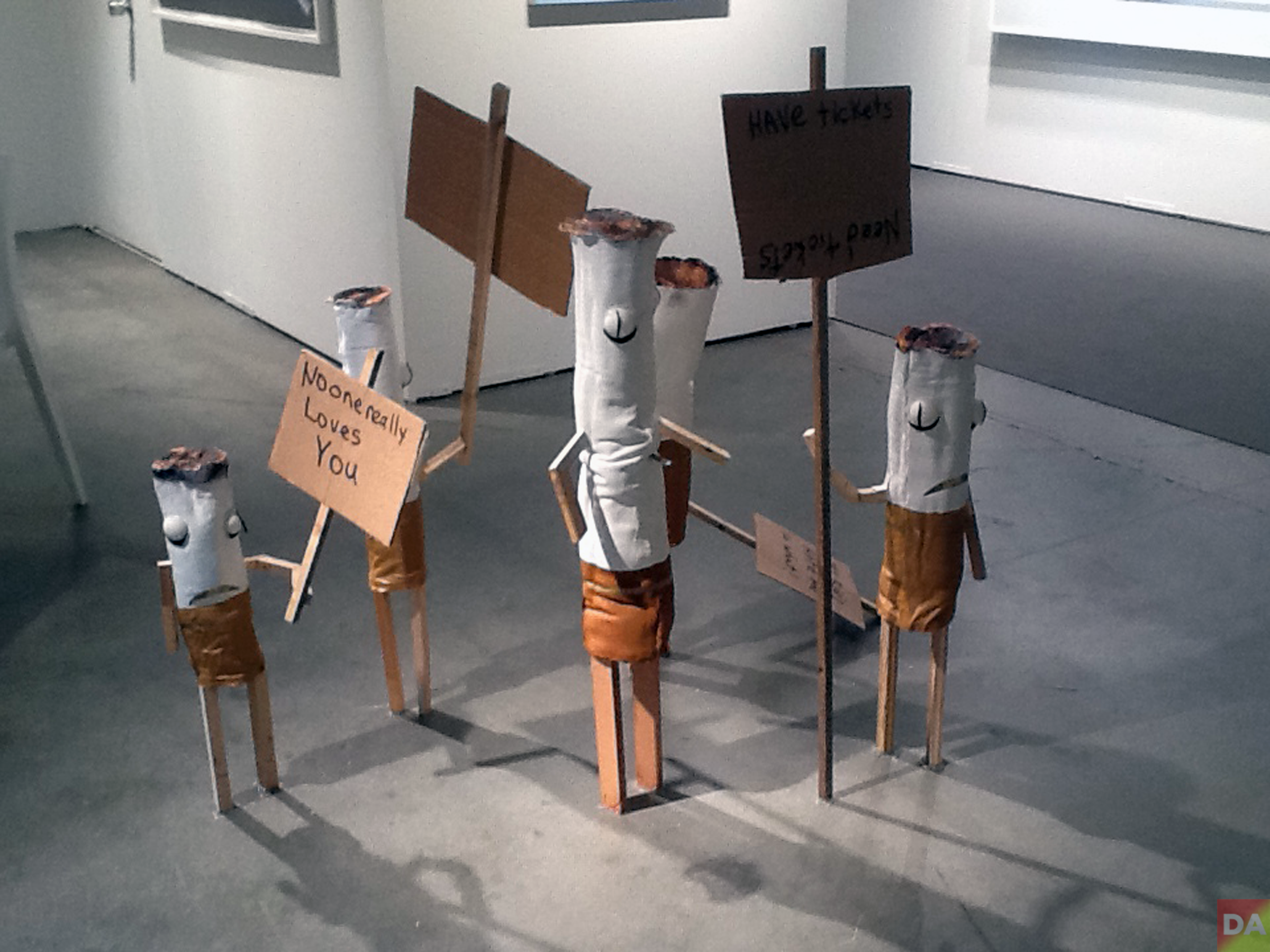 The wave of über-hip, W Hotel-esque modern (and modular) design that has swept the globe in recent years is finally, it seems, beginning to subside.
The wave of über-hip, W Hotel-esque modern (and modular) design that has swept the globe in recent years is finally, it seems, beginning to subside.

above: a quilt and bed from shimna

above: from parsons student show — can you guess what these are for?

above: textile design from dana barnes
While that school of thought was certainly not lacking in representation at this year’s ICFF, it was clearly giving way to the growing trend towards natural and handmade artisanal goods that made itself known in every category at the convention.
I’m not just talking about sustainable design, though this craft-based movement happens to be that too. If you took a step back from the booths at the show and watched what people gravitated towards, nine times out of ten it’s to something they can touch and feel. That plastic injection molded lounge seating may have been the new, slick thing not too long ago, but it doesn’t appeal to the human touch the way a handmade chair of aged Moravian Oak does.
The judges felt it too, just take a look at the ICFF Editor’s Awards to people like textile designer Dana Barnes, who sculpts fibers into beautiful, totally unique, curl-your-toes-into floor and wall coverings. Or the award to MICA (Maryland Institute College of Art) for best Design School for their exhibit “Material Inspired Concepts and Artifacts” that showed off work from an environmental design class that examined traditional, natural materials and invented modern uses for them.
Elements of the handmade popped up in surprising places, like the Oshibe light sculpture, a woven nest with light-up eggs or at Shimna, a Mennonite furniture company and in the work displayed in Metropolitan Magazine’s Airstream. Stay tuned for highlights from the show.
Resources:
ICFF
ICFF editor’s awards
dana barnes
shimna
oshibe









